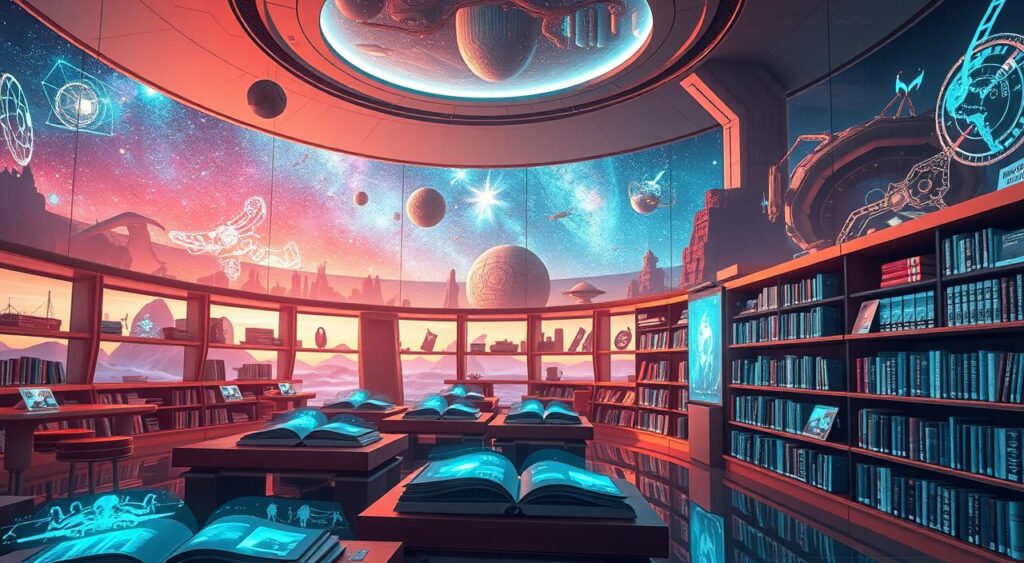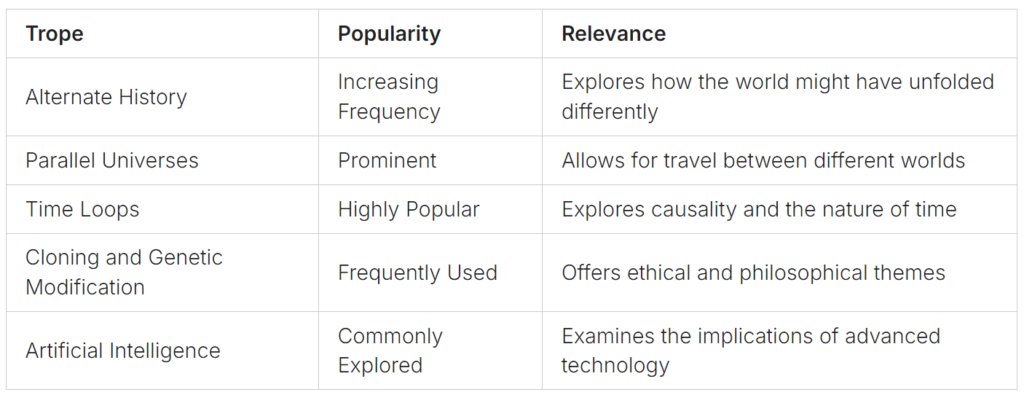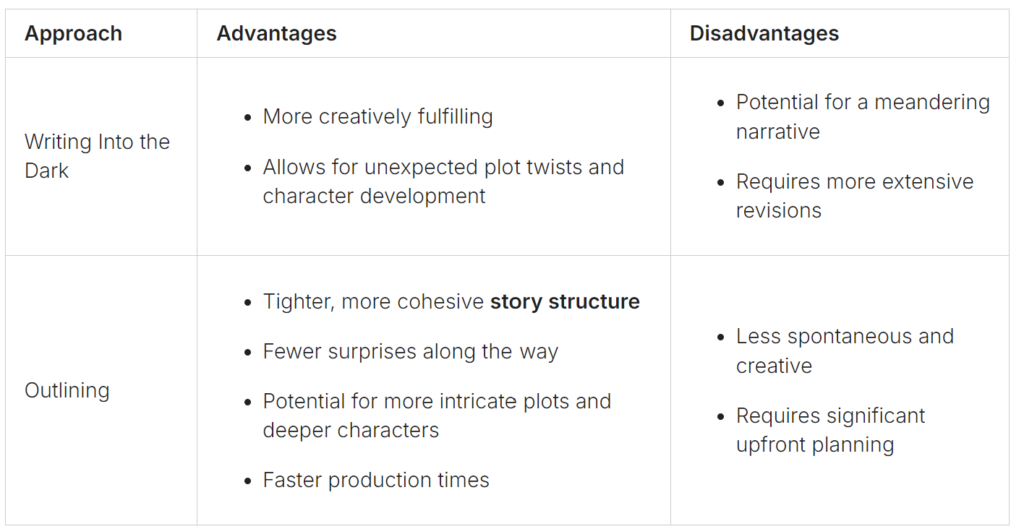
Discover the Best Book Recommendations Today
Finding great books can seem hard, but with the right help, you can find your next favorite. A good website for book recommendations can guide
The Official Website of E.B. Brown

"Science fiction is a way of looking at the present, and a way of speculating about the future."
"Science fiction is any idea that occurs in the head and doesn't exist yet, but soon will, and will change everything for everybody, and nothing will ever be the same again."


"Writing is a combination of intution, observation, research, and strategy. Outliners are more strategic, while discovery writers are more intuitive, but both can be successful."
"Good writing is always about something. Write a story as well as you can, and make sure there's something in it, even if it's only a hint of something, that makes it worthwhile."
"Worldbuilding is the process of constructing an imaginary world, complete with its own geography, history, cultures, and often, various other elements such as magic or advanced technology."
"The secret to crafting a memorable science fiction character lies in making them relatable, even in the most fantastical of settings."
"Success is not final, failure is not fatal: it is the courage to continue that counts." - Winston Churchill

Finding great books can seem hard, but with the right help, you can find your next favorite. A good website for book recommendations can guide

Connecting with fellow book lovers can open up new worlds and build lasting friendships. A local Reading Community offers a sense of belonging and enriches

The rise of digital publishing has made E-book Platform solutions more popular. With many online e-book platforms out there, picking the right one is key.